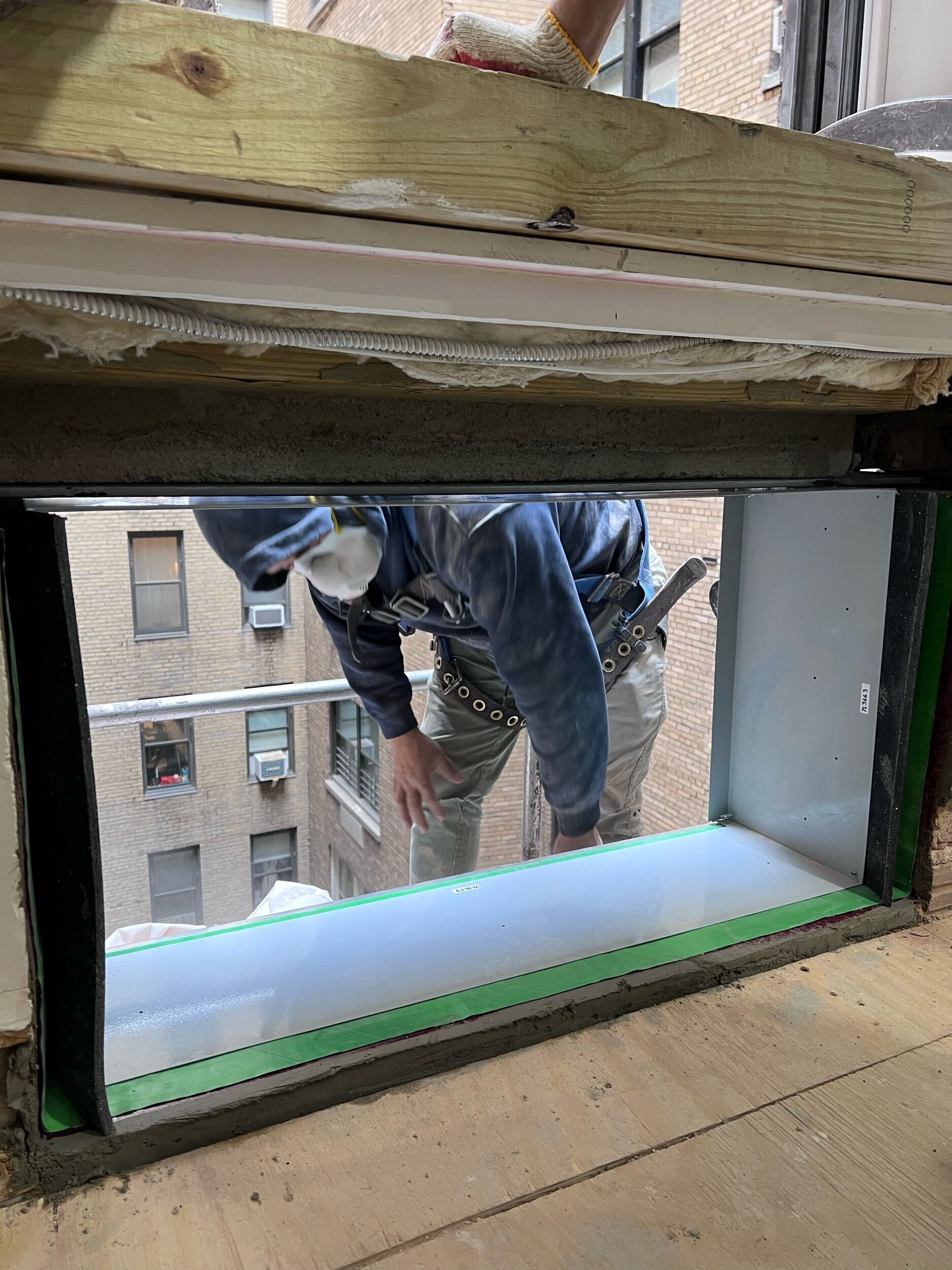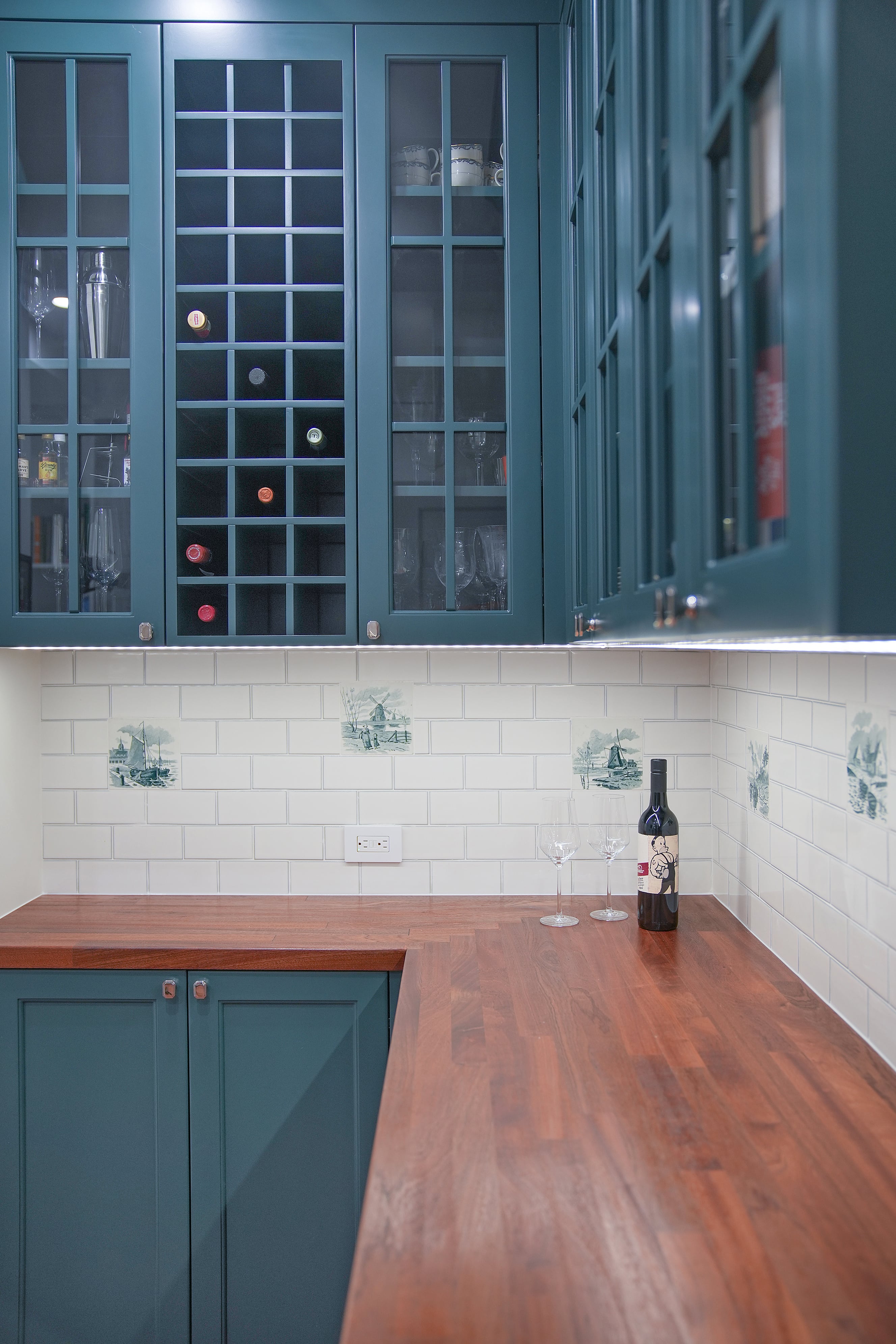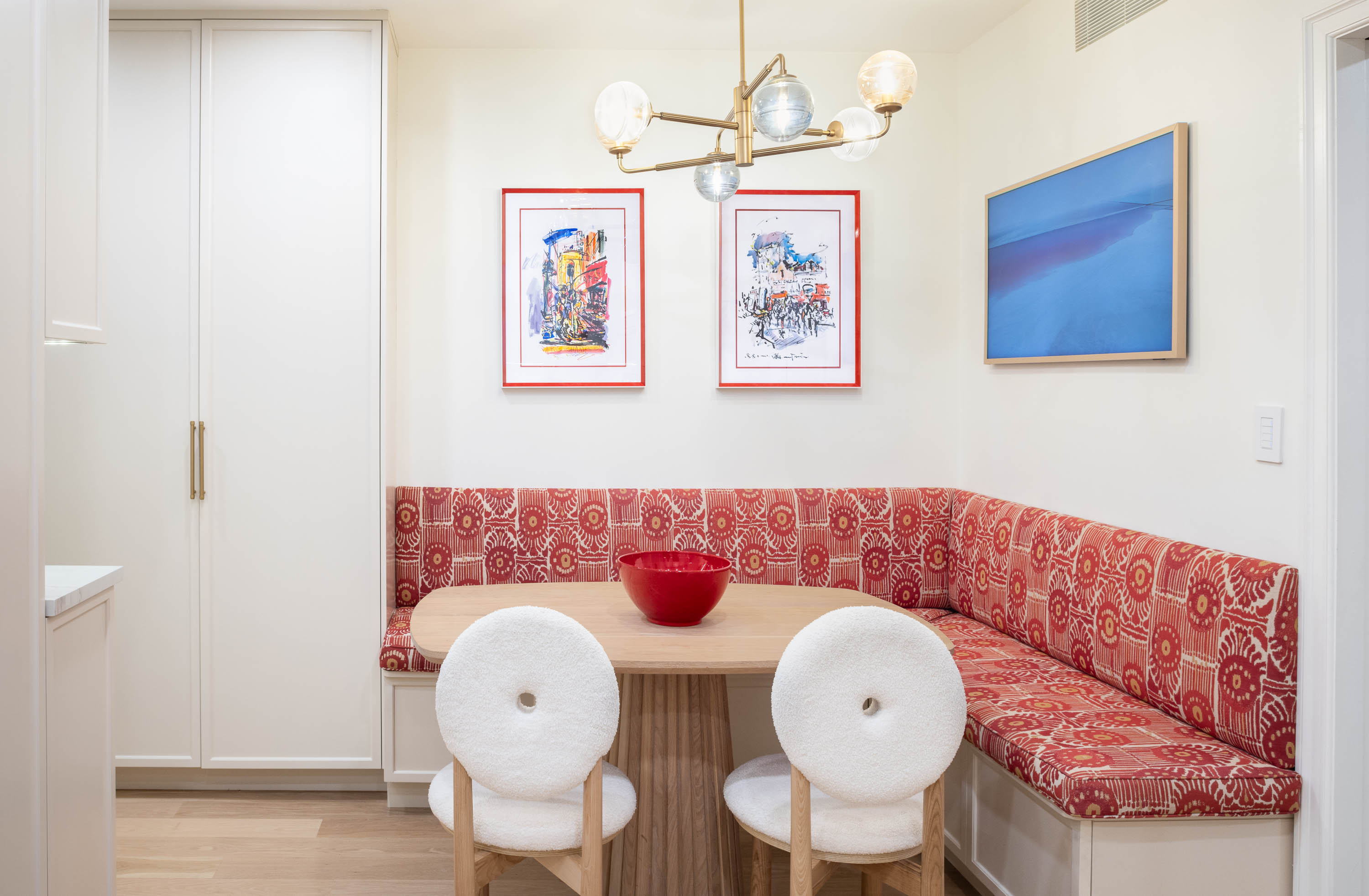Why Custom HVAC Solutions Are Essential for Pre-War Renovations in New York City
Learn why custom HVAC solutions are often needed amidst pre-war renovations in New York City.
October 29, 2024
|

Why Custom HVAC Solutions Are Essential for Pre-War Renovations in New York City
Renovating in NYC and considering updating your HVAC system? Let's discuss why a custom solution may be in your future.
TABLE OF CONTENTS
- Standard HVAC Solutions Not Ideal For Pre-War Apartments
- Navigating Pre-War Architecture and HVAC Constraints
- Zoned Systems and Air Distribution Without Compromise
- Managing Landmark Approvals and Co-Op Regulations
- Why Custom Solutions Are Non-Negotiable
Renovating pre-war apartments in New York City, particularly in time-honored neighborhoods like the Upper West and Upper East Side, involves careful consideration in areas you might not anticipate. The intricate architectural features of these often landmarked buildings—such as ornate moldings, soaring ceilings, and classic layouts—contribute to their charm but also complicate the renovation process. As a result of their unique nature, standard HVAC solutions typically cannot meet the temperature demands of these spaces. For proper airflow and maximum comfort, homeowners need to adopt a custom-tailored approach that integrates modern comforts like central air while preserving the rich character and beauty that define these cherished homes.
-min.jpeg)
[#1]Standard HVAC Solutions Not Ideal For Pre-War Apartments[#1]
When updating a pre-war NYC apartment, standard cooling options pose several challenges:
Window Units Kill The Aesthetic
These not only mar the look of your space but also reduce natural light and obstruct views, making them a poor fit for elegant interiors.
Through-Wall Units Makes Sense, But Often Restricted
While through-wall AC units may be allowed, restrictions exist. For instance, in buildings with significant exterior design, cutting into façades is often prohibited, especially in landmarked, street-facing units.
No One Wants Unnecessary Masonry Cuts
Even if your through-wall unit is approved, significant masonry cuts must be made in each room to accommodate the added AC, causing disruptive construction and cluttering the space with multiple units. Furthermore, making new masonry cutouts oftentimes necessitates sky bridges and scaffolding, which adds significant costs and timelines.
[#2]Navigating Pre-War Architecture and HVAC Constraints[#2]
Pre-war buildings, known for their charm and craftsmanship, weren’t designed with modern systems like central air conditioning in mind. Their thick masonry walls, high ceilings, exposed beams, and historic moldings all pose unique challenges for HVAC installations. Yet, when buying property in a prestigious NYC pre-war, aesthetics are non-negotiable and the integration of modern HVAC systems has to be seamless.
Solutions From Specific Pre-War Renovations
At 203 West 81st Street, we overcame these pre-war challenges by implementing a custom HVAC solution that avoided dropping the ceilings. Rather than disturbing the apartment’s distinctive architectural elements, we routed the system’s ductwork through hallways and closets, preserving both the aesthetic and the comfort of the living spaces. For further details on our approach, check out this video from Avi, our CEO, explaining how we executed the custom HVAC solution:
Similarly, at our co-op renovation in 90 Riverside Drive, we installed a ceiling-mounted air handler. This type of unit usually requires 16 to 18 inches of ceiling space, which can be a drawback in pre-war apartments where ceiling heights are a critical feature. However, by concealing the air handler within closets, we managed to preserve ceiling heights while maintaining proper airflow throughout the space. Custom-painted return grilles and supply registers were used to blend seamlessly with the walls, further ensuring that the system remained discreet. See Avi explain that solution below:
Overcoming HVAC Installation Restrictions in Pre-War Buildings
Unlike new construction, many pre-war buildings prohibit typical HVAC installations, such as roof or courtyard condensers, due to co-op regulations, courtyard rules, and landmark preservation guidelines. For custom HVAC solutions, one option involves cutting into masonry walls to install condensers, ensuring that exterior aesthetics remain intact.
For example, at 203 West 81st Street, where we utilized window-mounted condensers with carefully crafted sleeves to ensure proper drainage and waterproofing, all while preserving the building’s exterior charm. See Avi explain that solution directly below:
Another custom HVAC solution we implemented in our full renovation of a pre-war co-op in Manhattan at 1035 5th Avenue required concealing a floor-mounted air handler behind concealed doors from EZY JAMB, allowing for accessibility while maintaining aesthetic appeal.
[#3]Zoned Systems and Air Distribution Without Compromise[#3]
In pre-war renovations, fitting an HVAC system isn’t just about the technology—it’s about distributing the air without compromising the architectural beauty of the space. One of the biggest concerns is maintaining ceiling heights, which are often a key feature in these homes. Traditional ductwork layouts typically require more space than pre-war buildings allow.
For this reason, zoned HVAC systems are often the best solution. These systems allow for air to be distributed to different areas of the apartment without interfering with the design or sacrificing ceiling height. In both 90 Riverside Drive and 203 West 81st, we employed this approach. At 90 Riverside, we concealed the air handler within a closet in the living room, preserving the original beams and ceiling heights. This allowed us to maintain the apartment’s aesthetic charm while ensuring optimal air distribution.
Similarly, at 203 West 81st, ductwork was strategically routed through hallways and closets rather than living spaces, preventing the need to lower ceilings in key rooms like the living room or master bedroom. These carefully planned installations ensure that the comfort of central air conditioning doesn’t come at the cost of architectural beauty.

[#4]Managing Landmark Approvals and Co-Op Regulations[#4]
In landmarked areas of the Upper West Side, such as Riverside Drive and parts of Central Park West, any exterior or structural changes require approval from the Landmark Preservation Commission (LPC). This adds another layer of complexity to HVAC installations. Co-op boards in these neighborhoods also have stringent regulations, particularly regarding renovations that involve mechanical systems like HVAC. Securing approvals from both the LPC and co-op boards can be a long and detailed process, often taking months.
In our projects at both 90 Riverside Drive and 203 West 81st, we worked closely with these regulatory bodies to ensure that our installations not only met modern comfort standards but also adhered to the strict aesthetic requirements of these historic buildings. This careful coordination helped us avoid costly missteps and delays while preserving the historic heritage of the homes. For more on landmark renovations, read our blog Everything You Need To Know About Landmark Renovations In NYC.
[#5]Why Custom Solutions Are Non-Negotiable[#5]
For those living in historic, pre-war buildings in Manhattan, custom HVAC solutions are not a luxury—they are a necessity. Whether accommodating co-op rules, preserving ceiling heights, or meeting LPC requirements, each project requires a customized solution tailored to your specific home. By working with a team that understands the intricacies of these buildings, homeowners can enjoy modern climate control without sacrificing the charm and uniqueness that make their space special.
Considering an apartment renovation in New York City? View our portfolio of pre-war NYC apartment renovation projects, learn more about Gallery, or contact us today.
We are award-winning pre-war apartment renovation contractors in New York City, specializing in full-scale renovations that include everything from interior design and architecture services to board approvals and permits, plus construction site management.

.png)
.png)





.jpg)

%20(2).jpg)


.jpg)
%20Gallery%20KBNY.JPG)


